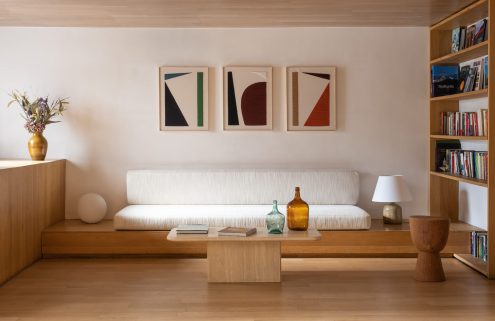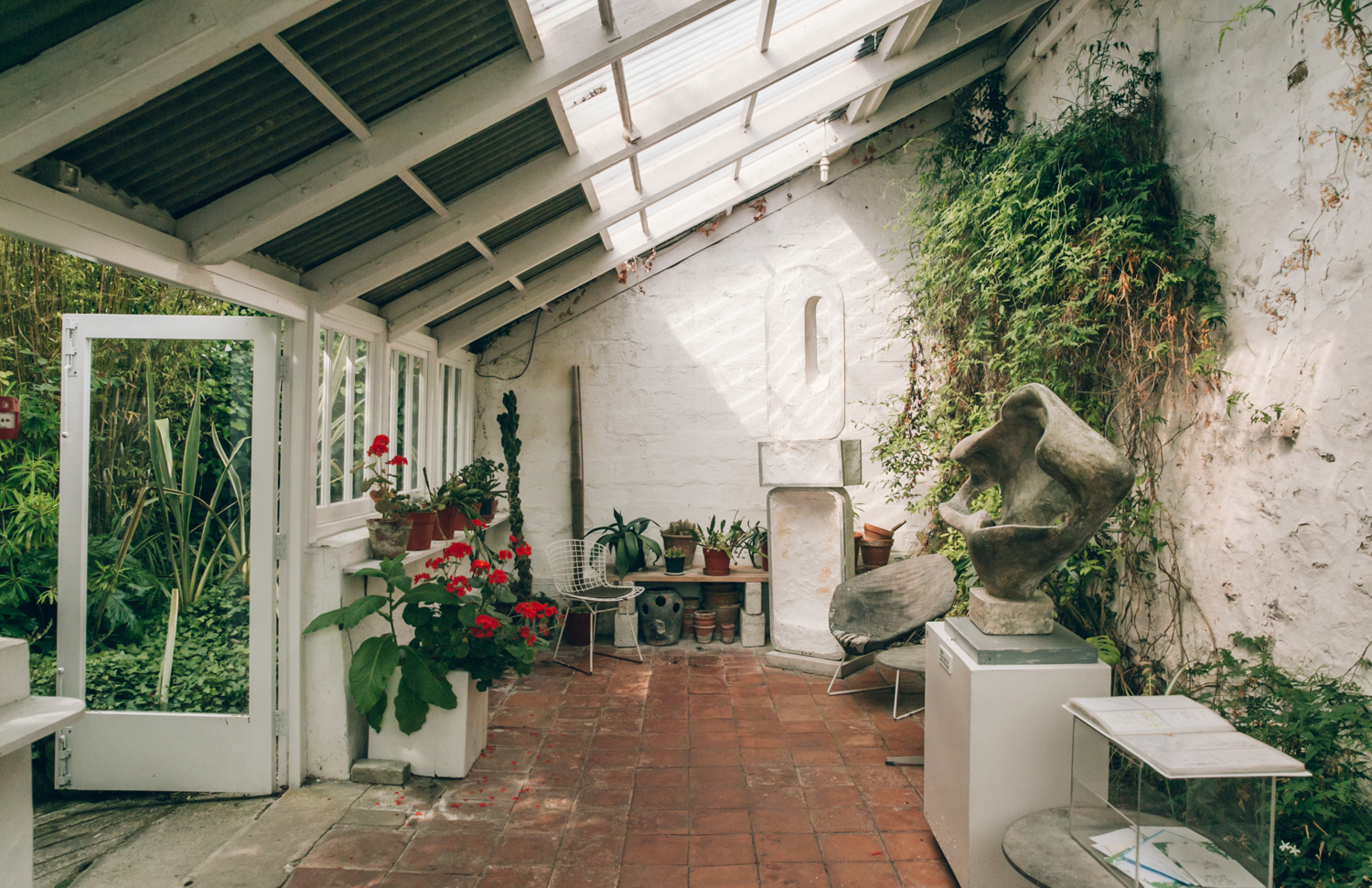Experiencing art on the wall of a museum or gallery is one thing, but to witness it within the surroundings where it was made is another, far rarer opportunity.
Luckily a small number of the world’s most famous artists, from Monet and Rodin to Jackson Pollock and Louise Bourgeois, have had their homes and studios preserved as monuments, in some cases remaining much as they were left by their celebrated occupants.
Here are 12 of the best artists’ homes you can visit around the world.
Auguste Rodin – La Villa des Brillants, Meudon, France

Rodin bought this villa in the Parisian suburbs in 1895, and by 1900 it had become the centre of his creative world, where he employed a collection of 50 assistants, casters and sitters, welcomed friends and admirers to see his work, and was ultimately buried.
Today the artist’s house has been returned to a state that the sculptor would have recognised, with his living and working environment reconstructed using period photographs. Particularly notable is its collection of early casts for some of Rodin’s most famous works, including The Gates of Hell. The poet Rainer Maria Rilke, Rodin’s secretary for a time, described the ‘tremendous impression’ of the ‘dazzling white sculptures [that] seem to gaze out at you from behind high glass doors, like creatures in an aquarium.’
Claude Monet’s home and garden – Giverny, France
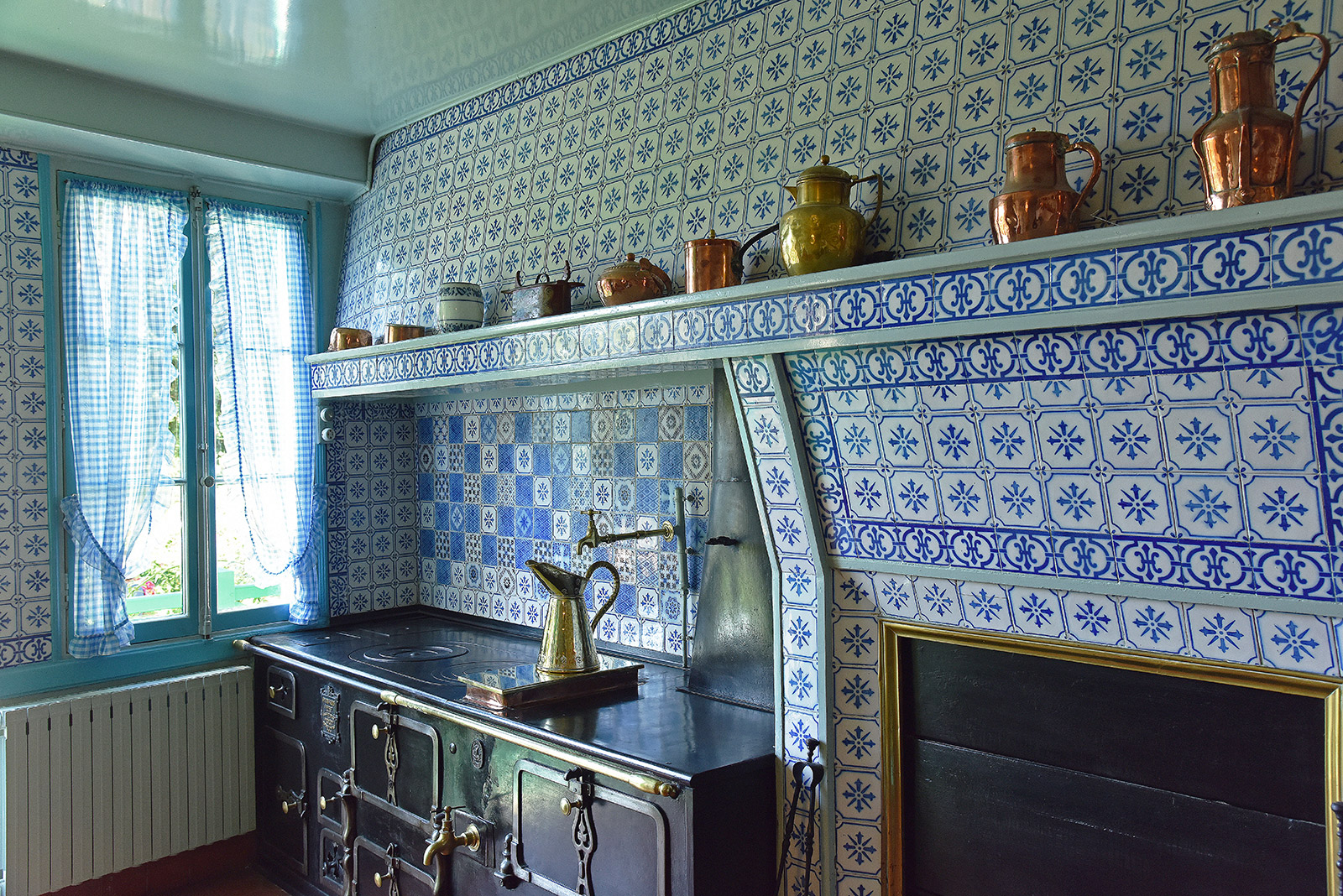
For anyone who’s ever wanted to talk through a painting, a visit to Claude Monet’s house and gardens in Giverny is a must. The artist lived in this small Normandy village for 40 years, diverting the nearby river Epte to create the famous water garden that inspired and starred in so many of his masterpieces. The artist’s home itself is notable for its colours: it features bright pink exterior walls, and vivid blues, greens and yellows inside, chosen by Monet to align with the palette of his own works. Take a virtual tour here.
Casa Dalí, Portlligat, Spain
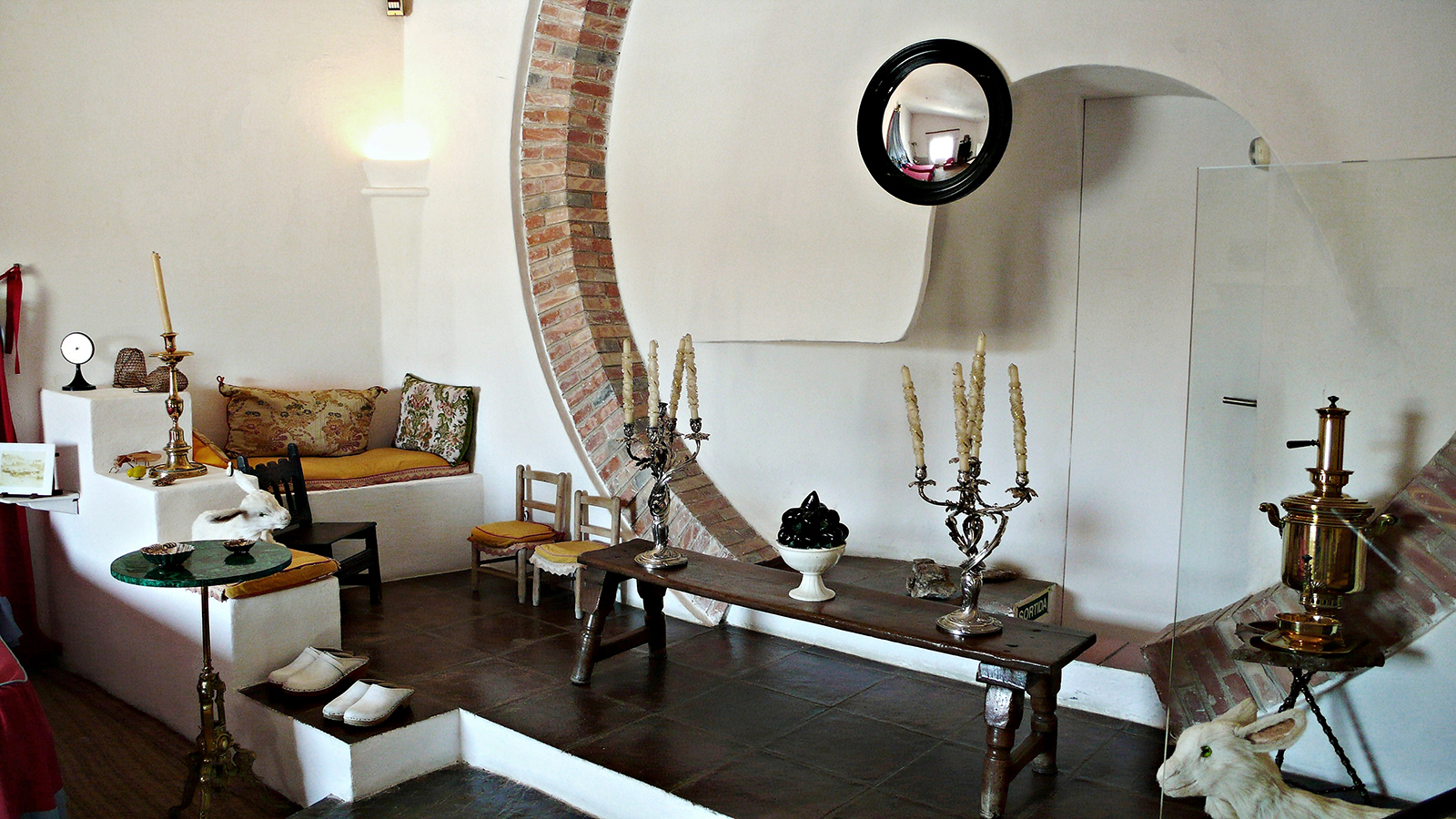
In 1930, Salvador Dalí bought a fisherman’s hut in the tiny village of Portlligat. He envisaged a room four-metres-square that would serve as dining room, studio and bedroom, with some steps up to a tiny kitchen and bathroom. ‘I wanted it all good and small,’ he wrote in his autobiography, ‘the smaller the more womb-like.’ Over the next 40 years, these plan would change.
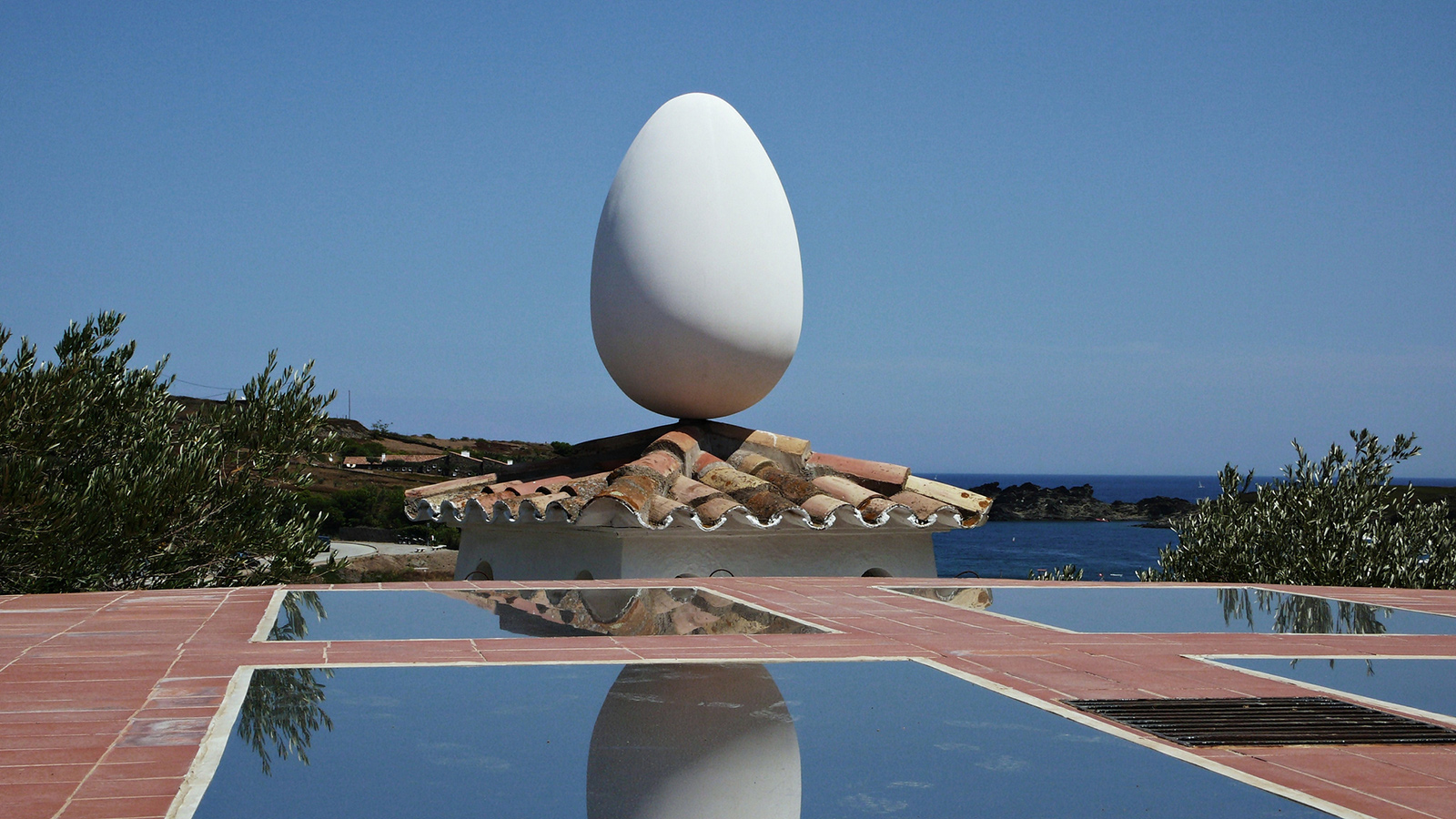
The village became his principal residence and source of inspiration, and the house spread ‘like a real biological structure’ to include four more huts, creating a labyrinthine abode as singular as its owner. Today the artist’s house remains largely as it was, stuffed with artworks and oddities collected and treasured by Dalí. Take a virtual tour here.
Donald Judd’s home – 101 Spring Street, New York, USA
Donald Judd bought the five-storey former garment factory on Spring Street in 1968. First conceived as a private studio, he soon reconfigured it as a living space and gallery for both his own work and others.
Determined not to interrupt the clean line of the glass facade, he inserted his kitchen, bathrooms and library into the northeast corner of each floor. Museum quality pieces – a neon sculpture by Dan Flavin, a Duchamp shovel – are shown alongside the more prosaic evidence of Judd’s day-to-day life.
Frida Kahlo’s home – La Casa Azul, Coyoacán, Mexico
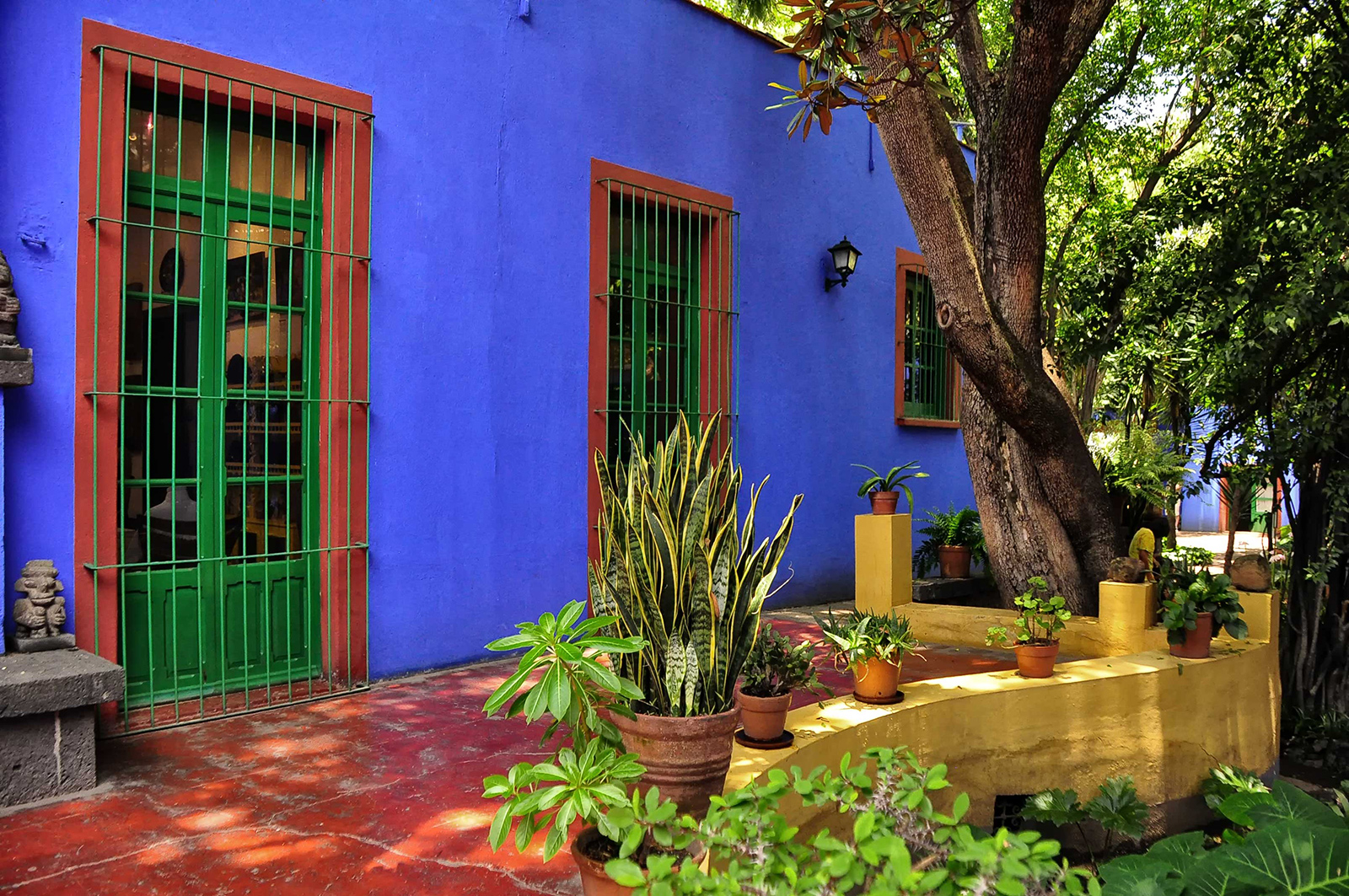
La Casa Azul, or Blue House, was built by Frida Kahlo’s father in 1904: it was where she was born in 1907 and where she died, 47 years later in 1954. It was transformed into a museum in 1958, and remains almost as it was when she died, evoking her tempestuous relationship with Diego Rivera and the many passions of her life. Portraits of her heroes Lenin and Mao hang over the bed, while her clothes hang in the wardrobe. Kahlo’s art collection fills the walls, and her wheelchair sits by an unfinished portrait of Stalin. Even Kahlo’s ashes are on display in an urn. Take a virtual tour here.
Georgia O’Keefe’s home – Abiquiu, New Mexico, USA

Georgia O’Keefe discovered the ruins of a 5,000 sq ft Spanish colonial era compound in Abiquiu in 1935. She was struck by a black door in the wall. ‘It was something I had to have,’ she said. ‘It took me ten years to get it – three more years to fix the house so I could live in it – and after that the wall with a door was painted many times.’ Sitting within the landscape she made iconic, and preserved much as she left it, the artist’s house and studio atmospherically evokes her world, and is open for visits by appointment.
Louise Bourgeois House – 347 West 20th Street, New York, USA
Louise Bourgeois bought the Chelsea townhouse she shared with her husband Robert Goldwater in 1962. Following his death 11 years later, she transformed the house into an artist’s studio and filled every room with the processes and results of her work.
Seven years after her own death, the house is being opened to the public by The Easton Foundation. Described by the New York Times as being in a state of ‘bohemian dilapidation’, it has been little altered since the days of her famous Sunday salons, where she invited young artists to show their work and face her – often blistering – criticism.
Check the foundation’s website for updates on its grand opening. Arts club The Cultivist offers early tours of the artist’s house and studio for its members.
Barbara Hepworth’s St Ives home – Cornwall, UK
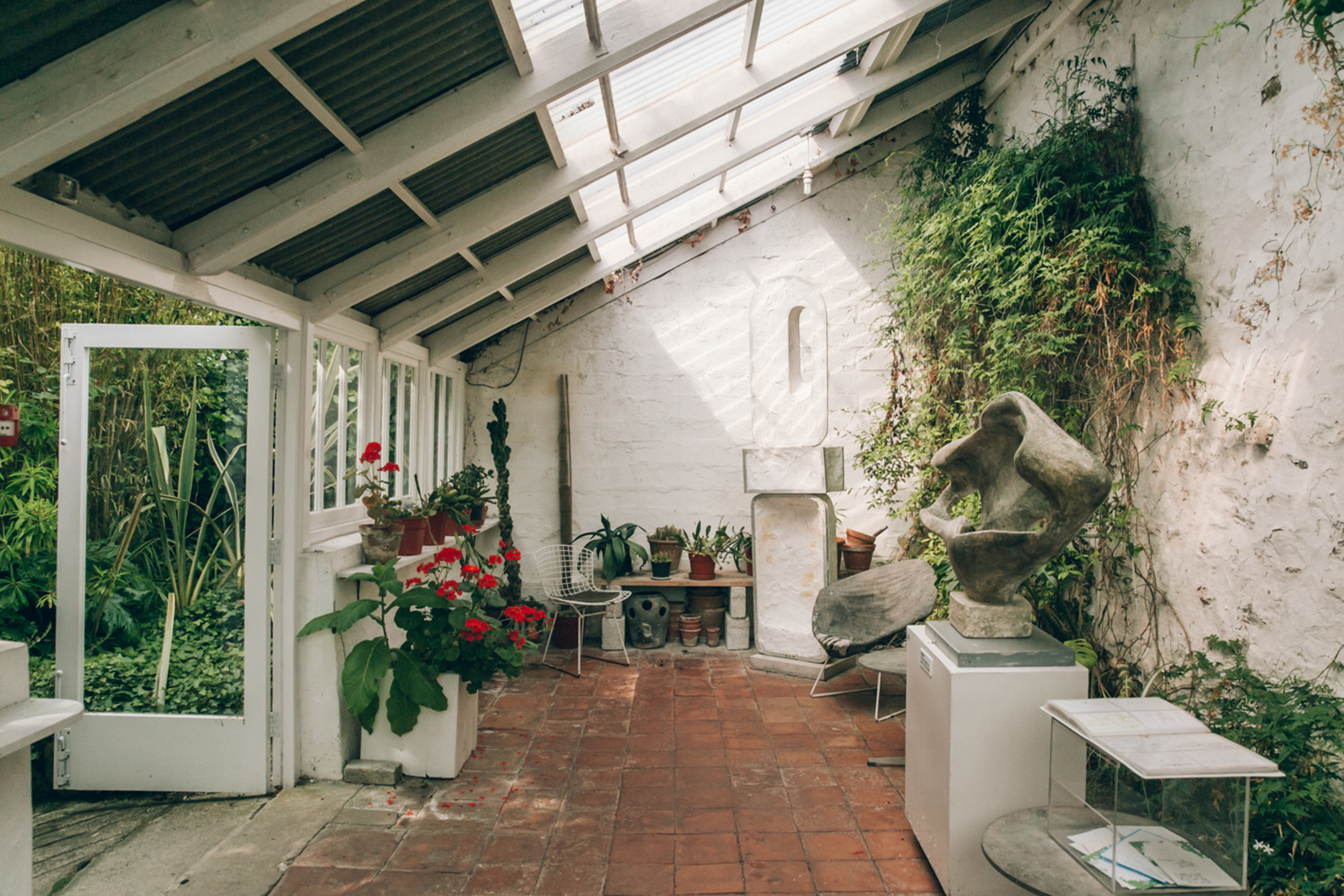
Hepworth first came to St Ives – her ‘spiritual home’ – with her husband Ben Nicholson and their family at the outbreak of war in 1939. She returned, without Nicholson, in 1949 and never left, living and working at Trewyn Studios until her death in 1975. The site is now managed by Tate and remains true to the artist’s time – the gardens laid out as she designed them, punctuated by her large-scale bronzes. There is an element of tragedy too: the studio, which stands today filled with tools and unfinished works, was where she died in an accidental fire at the age of 72.
Pollock-Krasner House – East Hampton, USA
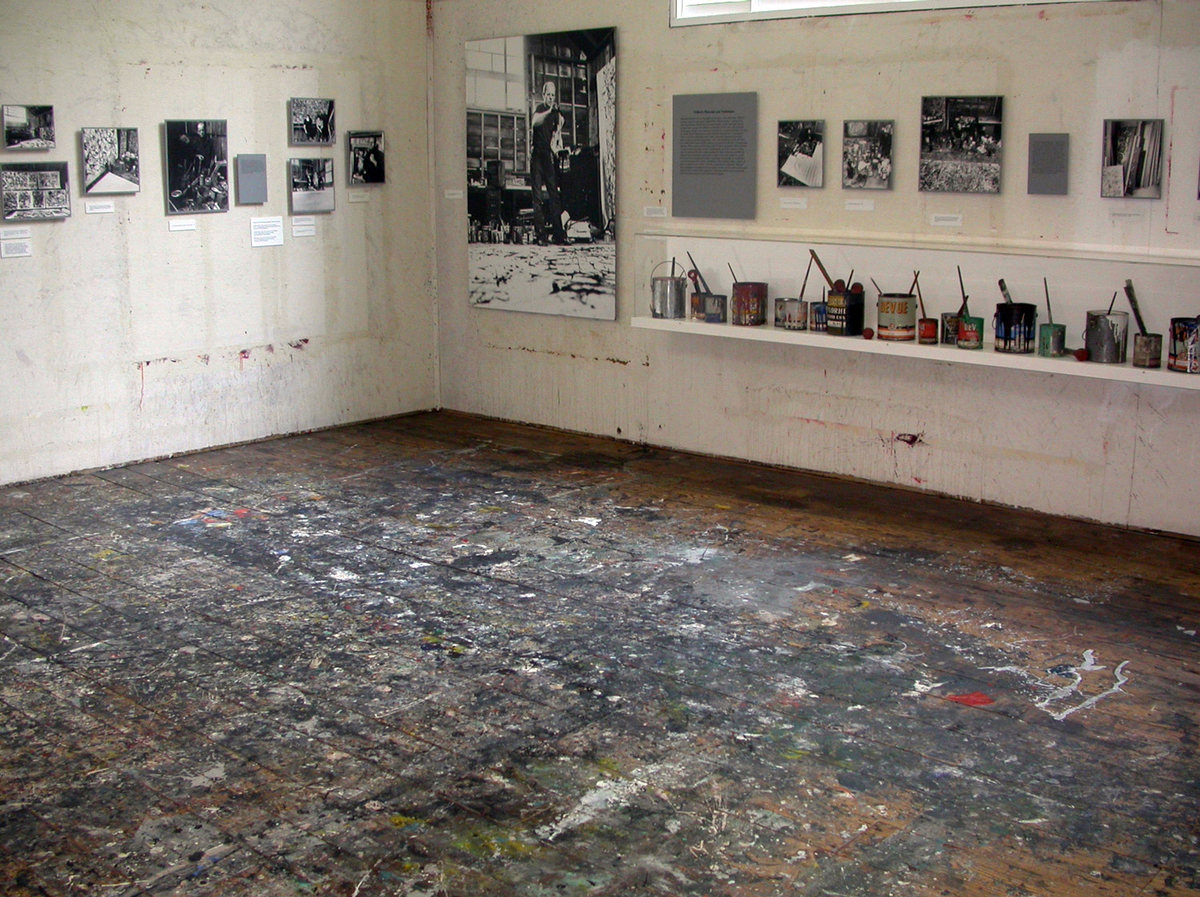
Jackson Pollock changed the landscape of modern art with his revolutionary drip paintings, many of which were created in his modest home studio in the Hamptons. Evidence of his innovation remains on the wooden floor, which is liberally spattered with paint from his perambulations around the canvases. ‘On the floor I am more at ease,’ he said. ‘I feel nearer, more a part of the painting, since this way I can walk around it, work from the four sides and literally be in the painting.’ After Pollock’s death in 1956, his wife Lee Krasner took over the artist’s home and studio, working there for the rest of her life.
Frederic Leighton – Leighton House, London, UK
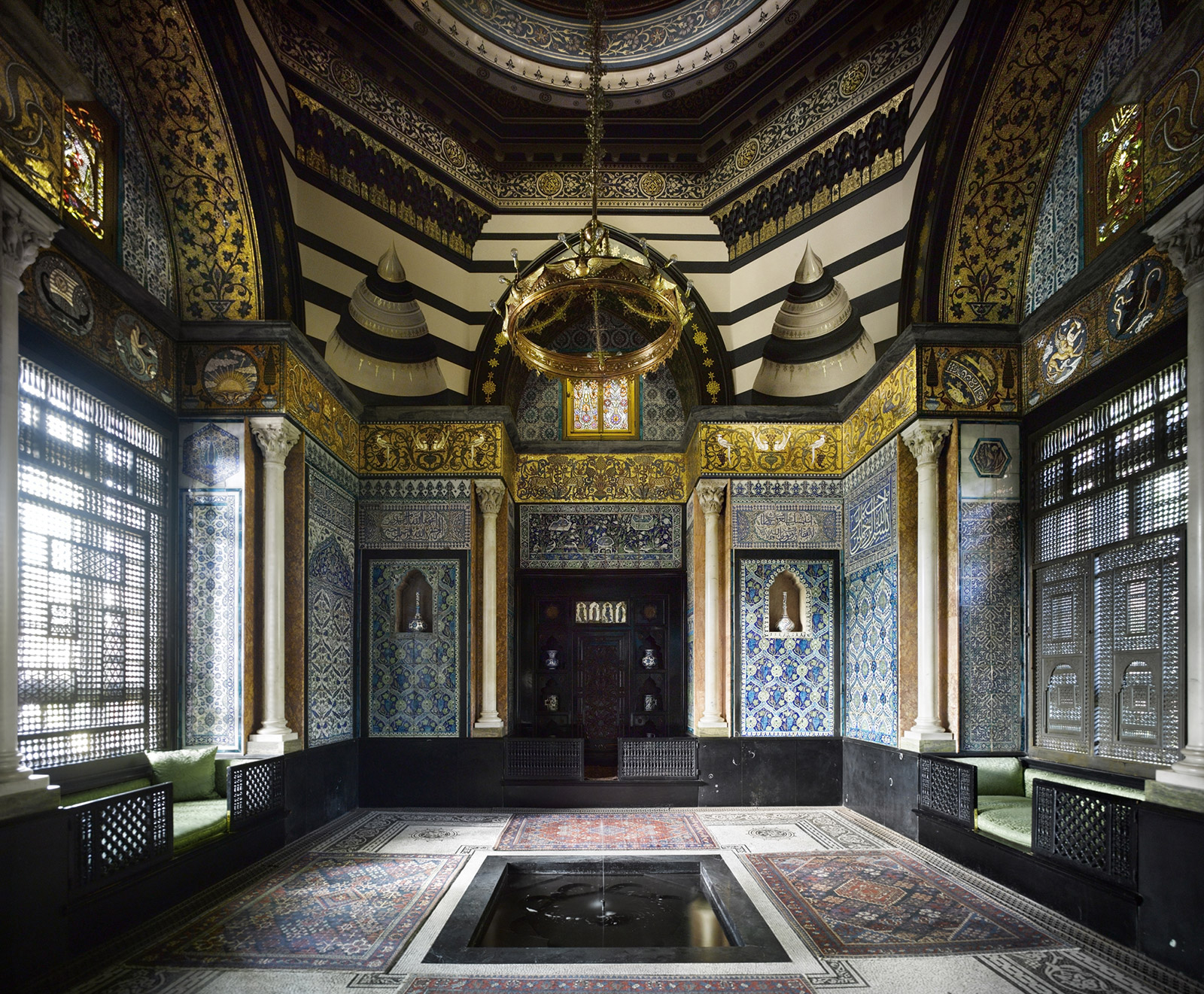
Leighton House is an unassuming Victorian mansion tucked down a quiet Kensington street. Its exterior does little to prepare the visitor for the dazzling, gilded splendour to be found within. Built and extended over 30 years to the exact specifications of painter Lord Leighton, it is a private palace of art, filled with his own works – mostly biblical and classical in nature – as well as pieces by his contemporaries, and stunning flights of interior fancy such as the golden domed and richly mosaiced Arab Hall.
Pierre-Auguste Renoir’s summer home in Essoyes, France

From 3 June visitors can go inside the home of Impressionist artist Pierre-Auguste Renoir in France’s Essoyes. The town is where Renoir and his wife – model Aline Charigot – spent their summers from 1896 until his death in 1919, and the property has undergone an extensive €1m restoration to its fin-de-siècle interiors and gardens. You can also make pilgrimage to the garden studio where the painter worked, which forms part of the estate and is already open to the public.
JMW Turner – Sandycombe Lodge, Twickenham, London

Before becoming an artist, JMW Turner trained as an architectural draughtsman and in 1812 he even turned his hand to designing his own home, Sandycombe Lodge. Turner spent his weekends at the Twickenham retreat until he sold it in 1826. It later underwent a clumsy Victorian extension and its red bricks were hidden under a layer of white render.
Turner’s House Trust now owns the artist’s home, and it enlisted Butler Hegarty Architects to return the Grade II* listed abode to Turner’s original vision, including the ‘penny line’ pointing, and scraps of wallpaper unearthed during the restoration. Sandycombe Lodge now welcoming visitors who can learn more about Britain’s favourite landscape painter.
Read next: 8 havens for artists, writers and musicians

